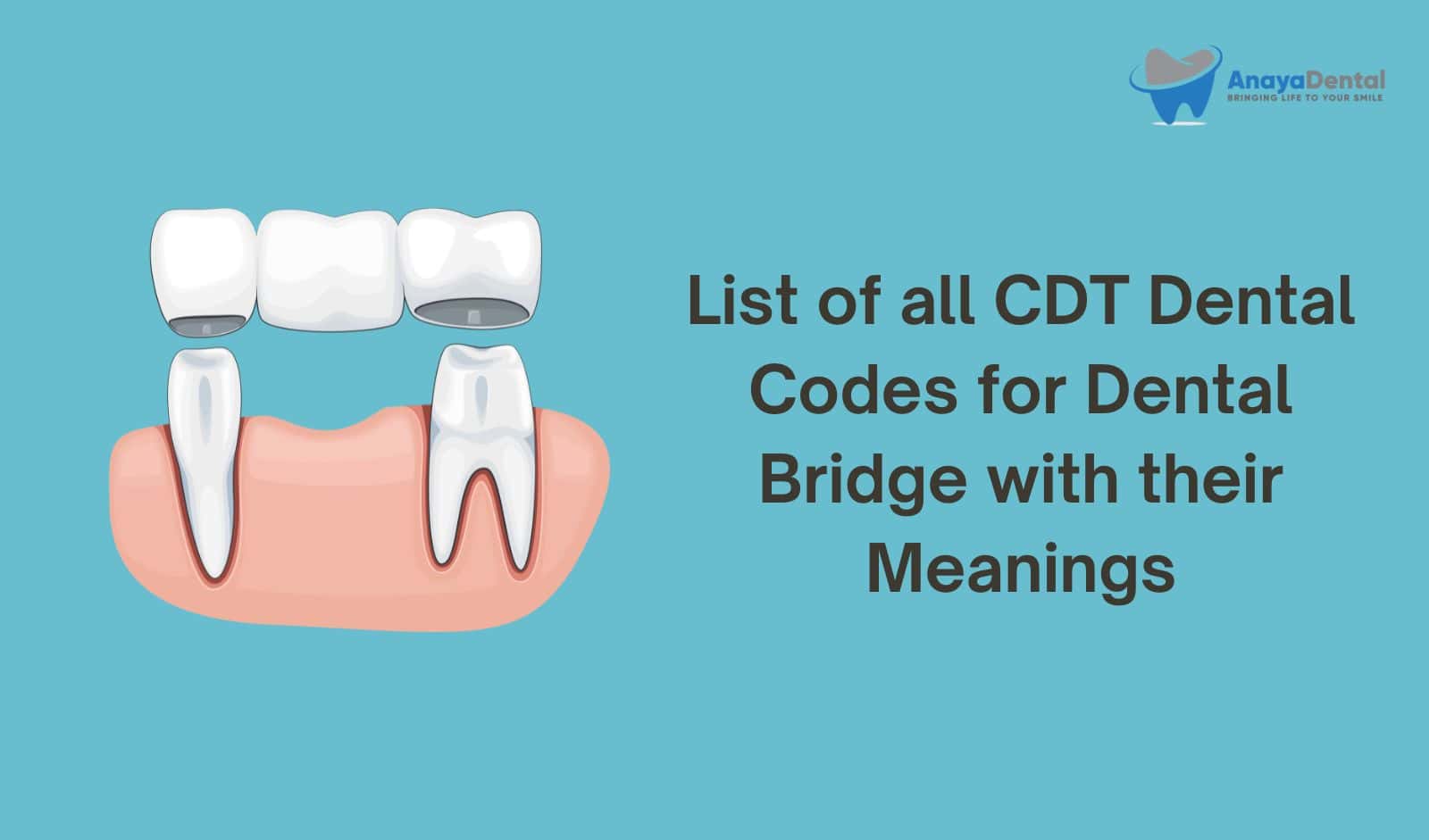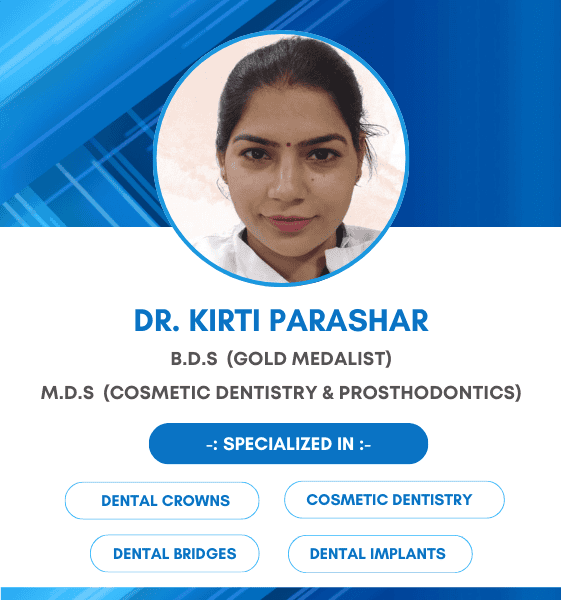When dealing with dental procedures like bridges, CDT (Current Dental Terminology) codes play a crucial role in ensuring clear communication between dentists, patients, and insurance companies. These codes are used to categorize and explain specific procedures, materials, and techniques, making it easier for dentists to document treatments, patients to understand the process, and insurance providers to determine coverage. Whether you’re a dentist looking to bill procedures correctly, a patient trying to understand your treatment plan, or an insurance professional assessing claims, these CDT codes for dental bridges can help. Below is a comprehensive list of CDT codes related to dental bridges, along with their meanings and common use cases.
D6740 – Crown, porcelain/ceramic (bridge units)
This particular dental procedure code represents the fabrication of a prosthetic crown crafted from either porcelain or ceramic. These materials are preferred for their natural aesthetics and durability, ensuring a seamless integration into your dental structure. This code is commonly used for patients requiring a bridge unit to replace missing teeth, especially in the front areas of the mouth where appearance is crucial.
D6245 – Pontic, porcelain/ceramic (bridge units)
The D6245 code refers to the pontic, or artificial tooth, in a dental bridge, made from porcelain or ceramic. This is typically used in bridge restorations where a missing tooth needs to be replaced with a natural-looking substitute. Patients often choose this option for its combination of durability and realistic appearance, making it ideal for both visible and functional areas.
Try Our Dental Calculators
D2750 – Crown, porcelain fused to precious/high noble metal
The D2750 code is used for a crown that combines porcelain with high noble metal, such as gold or platinum. This combination provides strength from the metal and a natural look from the porcelain, making it suitable for bridge units that must withstand biting forces while still maintaining a natural appearance. This is ideal for patients who need strength and durability, particularly in areas like the molars.
D2751 – Crown, porcelain fused to base metal
The D2751 code represents a crown that uses porcelain fused to base metal. Base metals are less expensive but still provide the strength necessary for bridge units. This is a more affordable option for patients who need long-lasting restorations but may not want to invest in noble metals. It’s commonly used for back teeth where aesthetics are less of a concern.
D2752 – Crown, porcelain fused to semi-precious/noble metal
This code refers to a crown where porcelain is fused to semi-precious metal such as silver. It offers a middle-ground solution in terms of cost and strength, making it suitable for patients who want a balance between affordability and durability, often used in areas of moderate bite pressure.
D6240 – Pontic, porcelain fused to precious/high noble metal (bridge units)
The D6240 code applies to the pontic or replacement tooth in a bridge, where porcelain is fused to precious or high noble metal. This is often used for patients who prioritize both strength and aesthetics, making it a premium choice for those seeking long-term durability in their bridges, particularly in highly visible areas like the front teeth.
D6241 – Pontic, porcelain fused to base metal (bridge units)
The D6241 code refers to a pontic where porcelain is fused to base metal. This is a cost-effective solution for patients who need durable dental bridges but prefer a more affordable option. It’s commonly used in the posterior regions where appearance is less critical.
D6242 – Pontic, porcelain fused to semi-precious metal (bridge units)
This code indicates that the pontic in the bridge is made from porcelain fused to a semi-precious metal. This option is often chosen by patients who want a balance between affordability and longevity, providing a strong yet aesthetically pleasing solution for dental bridge restorations.
D6750 – Crown, porcelain fused to precious/high noble metal (bridge units)
The D6750 code describes a crown used in bridge units, where porcelain is fused to high noble metals. This ensures that the crown is both strong and aesthetically pleasing, making it a popular choice for patients seeking durable and natural-looking restorations in their dental bridges.
D6751 – Crown, porcelain fused to base metal (bridge units)
This code refers to a crown made from porcelain fused to a base metal, typically used in bridge units. The base metal provides strength, while the porcelain offers a natural appearance, making this an affordable and effective option for patients who need durable restorations without compromising appearance.
D6752 – Crown, porcelain fused to semi-precious metal (bridge units)
The D6752 code represents a crown where porcelain is fused to semi-precious metals, such as silver. This code is ideal for patients seeking strong, affordable crowns in bridge restorations, particularly in areas of the mouth that experience moderate bite pressure.
D2610 – Inlay, porcelain/ceramic, 1 surface
The D2610 code refers to an inlay made of porcelain or ceramic, covering one surface of the tooth. Inlays are often used when the damage to the tooth is too extensive for a traditional filling but does not require a full crown. This code is commonly applied for patients needing smaller repairs to their bridgework or individual teeth.
D2620 – Inlay, porcelain/ceramic, 2 surfaces
This code represents an inlay that covers two surfaces of the tooth using porcelain or ceramic. It is a more extensive restoration than D2610, often used for patients with moderate damage to their bridge-supported teeth.
D2630 – Inlay, porcelain/ceramic, 3 surfaces
The D2630 code is used for an inlay that covers three surfaces of the tooth. It provides protection for patients with significant damage to a tooth, offering a natural-looking, durable restoration.
D2790 – Crown, full cast precious/high noble metal
This code refers to a full cast crown made from precious/high noble metal such as gold or platinum. These crowns are known for their exceptional durability and are commonly used in high-stress areas of the mouth, such as the back teeth. This option is ideal for patients seeking long-lasting, strong restorations.
D2791 – Crown, full cast predominantly base metal
The D2791 code represents a full cast crown made from predominantly base metals. These crowns are often used in less visible areas and are a more affordable choice for patients who need strong restorations but are less concerned with aesthetics.
D2792 – Crown, full cast semi-precious metal
This code is for a full cast crown made from semi-precious metals, often chosen by patients looking for a balance between cost and strength. It provides a durable restoration that is more affordable than noble metal crowns.
This guide to CDT dental codes for bridges provides essential insights for dentists, patients, and insurance providers, helping to ensure that all parties understand the procedures and materials used in dental bridge restorations.



